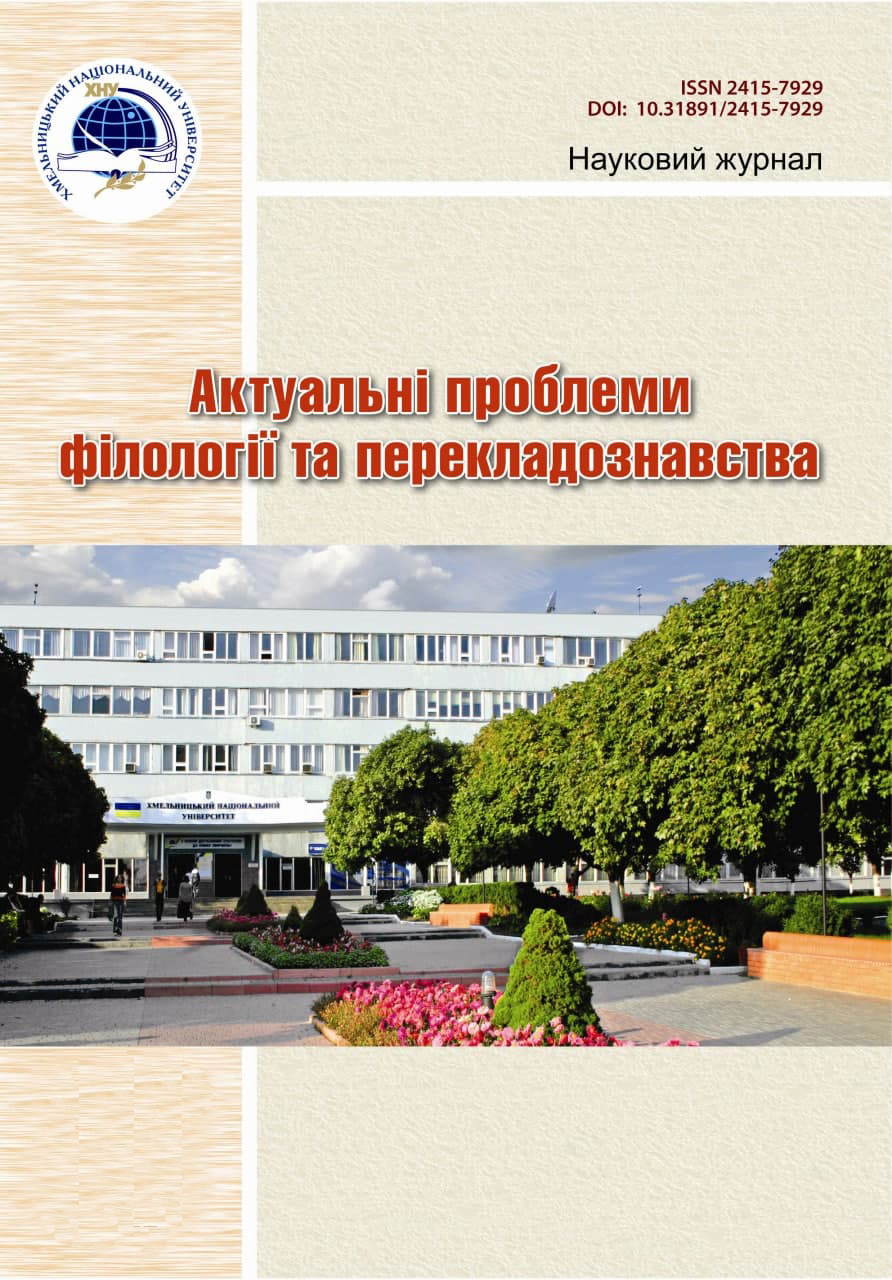NOTÆ DE NOTIONIBUS A few notes on the name of the monument of the 17th century
DOI:
https://doi.org/10.31891/2415-7929-2024-30-18Keywords:
Lazar Baranovich, Notij pięć, Polish language, Latin language, history of the Polish languageAbstract
The true meaning of a headline for Lazar Baranovych’s text called is being interpreted in the following article. The work on the material for this article has enabled us to come to the conclusion that previous scarce mentions of the text just prove the lack of clarity in terms of understanding the title of this piece of literature itself. Researchers in the past suggested that it should have been translated as Five Notas. Five Notas about the five wounds of Christ and the marking of such wounds. Such concept could be accepted with certain precautions based on the fact that latin lexemas such as nota and notio apparently have a common source of origin although the word "nota" is primarily associated with music but, as we mentioned above, the author in his text mainly addresses the issue of the Holy Trinity.
The suggestion to translate the headline as ‘Marking of the five wounds of Christ’ most certainly is not up to the point either. Although with some context involved the notions of the verbs to annunciate and to mark can be interpreted as similar ones. The thorough analysis of the whole text has given us firm grounds to suggest that in his text Lazar Baranovych appeals to the word notio. Thus we can state that Lazar Baranovych was talking about God’s signs and omens in his text. Those omens are gist, ethos and sense of divine spirits. The text itself, quotes from it shown above and even the engravings totally prove our point. It is obvious that Lazar Baranovych was eager to visually corroborate his claims in the text. We can also see that the author appeals to some famous theologians.
It is common knowledge that the subject of cooperation between the divine spirits is the central topic for such theologians as Thomas Aquinas and Aurelius Augustine. Lazar Baranovych administers the interpretation and contemplation of this 'cooperation" between the divine forces through the cult of Jesus Christ Five wounds which was typical for his epoch. Five wounds mean five godly omens therefore five notas. To sum up while translating the headline we can surely use the word ‘omen’. There are five godly omens just as there are five wounds of Christ.
Downloads
Published
Issue
Section
License
Copyright (c) 2024 Антон ШТЕФАН (Автор)

This work is licensed under a Creative Commons Attribution-NonCommercial-NoDerivatives 4.0 International License.

